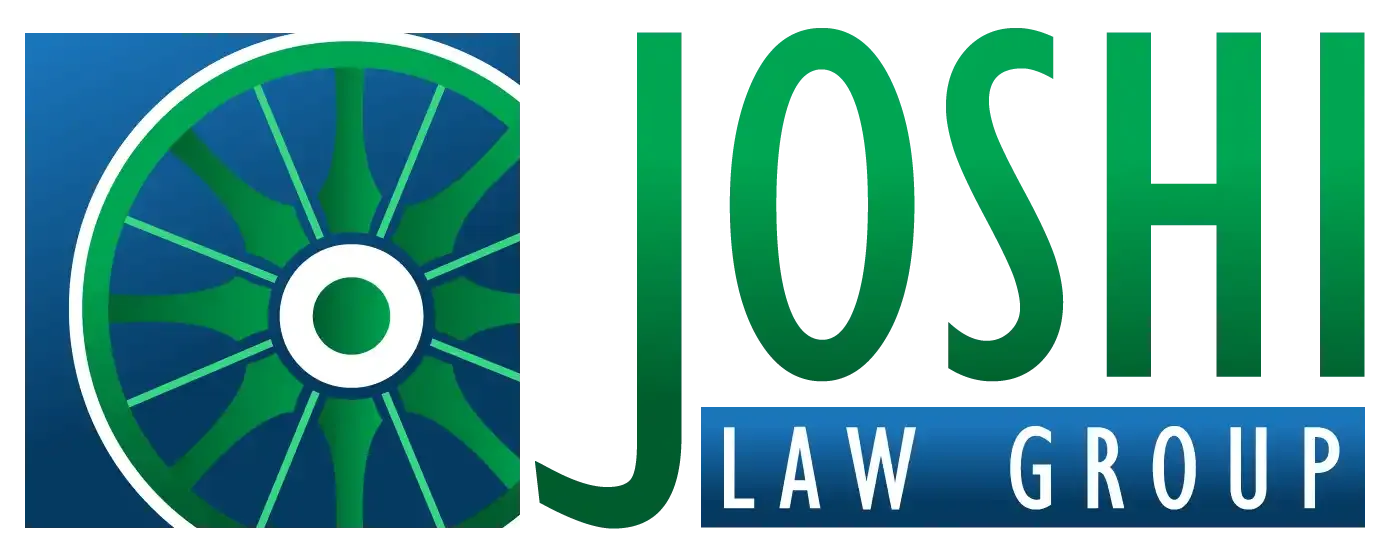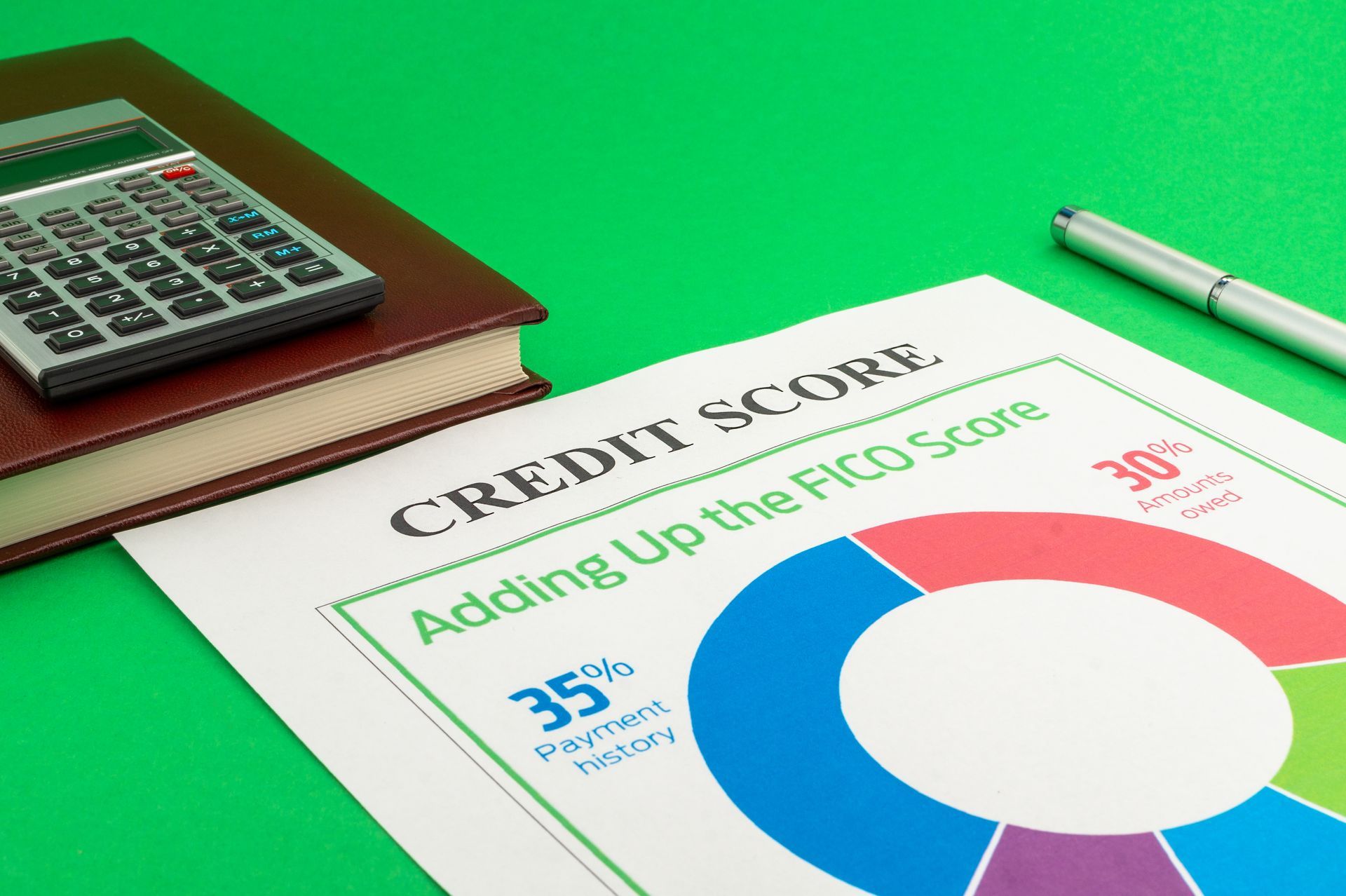What is a Subchatper V?
What Is A Subchapter V Bankruptcy?
Subchapter V bankruptcy, introduced as part of the 2019 Small Business Reorganization Act (SBRA), provides an alternative path for small businesses facing financial distress. This option is designed to simplify the bankruptcy process and make it more affordable for small business owners. Subchapter V is an important tool for companies in San Diego that need to restructure their debts and remain operational without the burden of overwhelming financial obligations.
Key Benefits
One of the major advantages of Subchapter V bankruptcy is its streamlined process. It offers fewer procedural requirements compared to traditional Chapter 11 bankruptcy. For instance, there is no creditors’ committee, and the debtor is given more control over the reorganization plan. This can save time and money, allowing business owners to focus on running their business while resolving their debt issues.
Additionally, Subchapter V bankruptcy reduces the costs of filing and the complexity of the process, making it an attractive option for smaller businesses that might not have the resources for a full Chapter 11 filing.
Who Is Eligible?
To qualify for Subchapter V, a business must meet certain criteria. The most important requirement is that the business must have total debts of less than $7.5 million. This threshold makes Subchapter V a more accessible option for small to medium-sized businesses facing mounting debt, such as retail shops, restaurants, or service providers. The business can be a sole proprietorship, partnership, or corporation as long as most of its debts are business-related, not personal.
The Subchapter V Bankruptcy Process
The Subchapter V process typically begins with filing a bankruptcy petition, followed by submitting a reorganization plan. Unlike Chapter 11, where creditors can submit their own plan, in Subchapter V, the debtor creates a plan to repay creditors over time. Once the court confirms the plan, the debtor is allowed to retain control over the business operations.
Throughout the process, the debtor will be required to work closely with a court-appointed trustee to ensure the reorganization is carried out in good faith and meets the bankruptcy code requirements.
What Happens to Debts in Subchapter V Bankruptcy?
In Subchapter V bankruptcy, debts are reorganized, meaning they are modified or restructured rather than wiped out completely. The business will typically be allowed to continue operating while repaying creditors under the new terms outlined in the reorganization plan. Some unsecured debts, such as credit card bills or vendor invoices, may be reduced or paid over time, while secured creditors must agree to different repayment terms.
The goal is to create a plan that allows the business to stay afloat while creditors receive a fair payment over time.
How Subchapter V Can Help Your Business in San Diego
Subchapter V bankruptcy can be a critical tool for small business owners in San Diego to regain financial stability. Restructuring debt in a manageable way provides an opportunity to keep the business running and avoid liquidation. Whether your business is struggling with overwhelming debt or needs a financial reset, Subchapter V offers a practical solution to help preserve your company’s future.
If your small business faces financial challenges, Subchapter V bankruptcy may be the right solution to help you reorganize and rebuild. With its simpler process and lower costs, Subchapter V provides a valuable opportunity for small business owners in San Diego to regain control of their financial situation. At Joshi Law Group, we can guide you through the process and help you determine if Subchapter V bankruptcy is the best path forward. Reach out to us today for assistance with your business debt relief needs.











